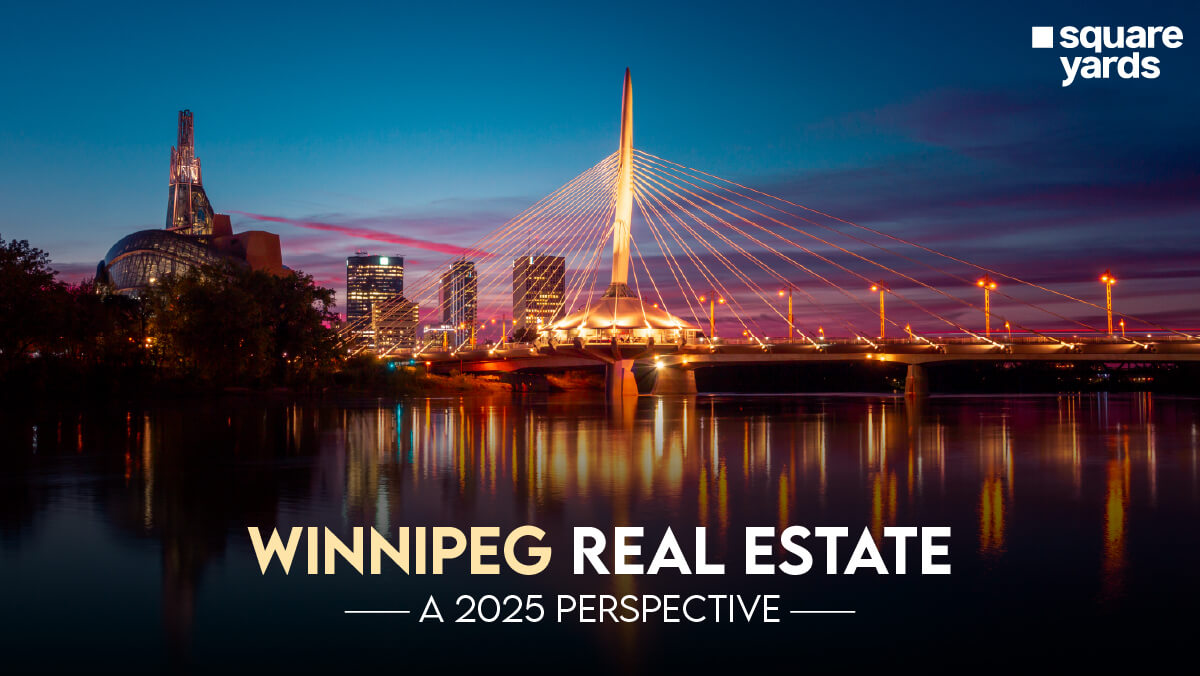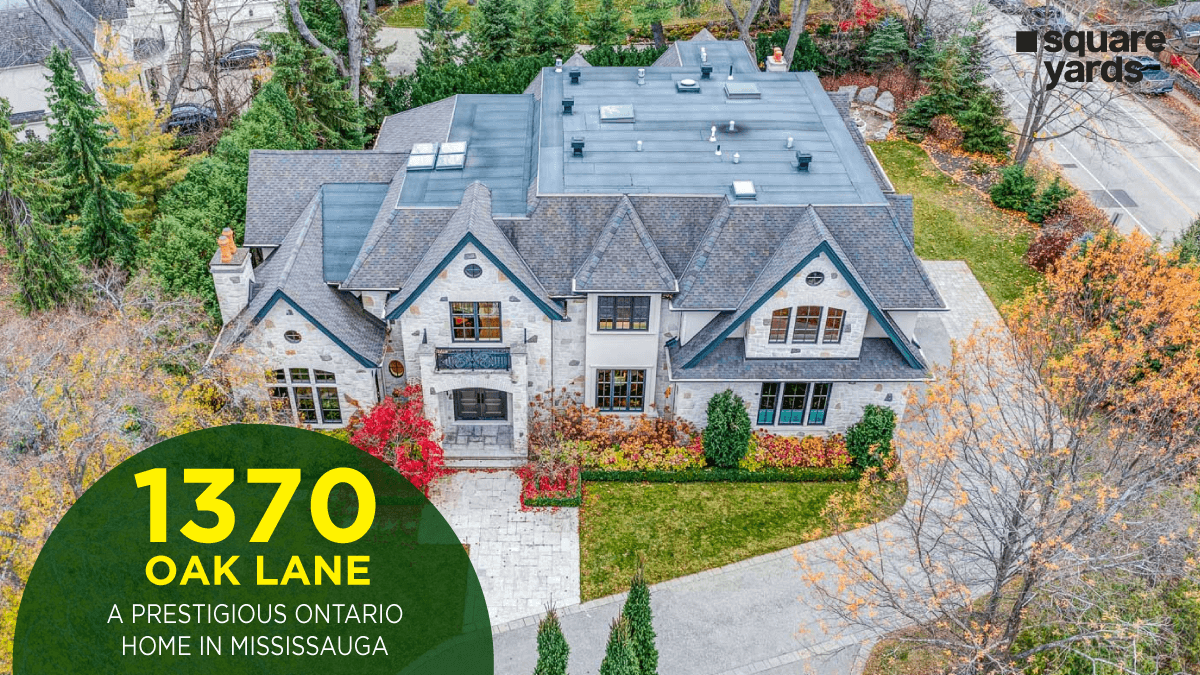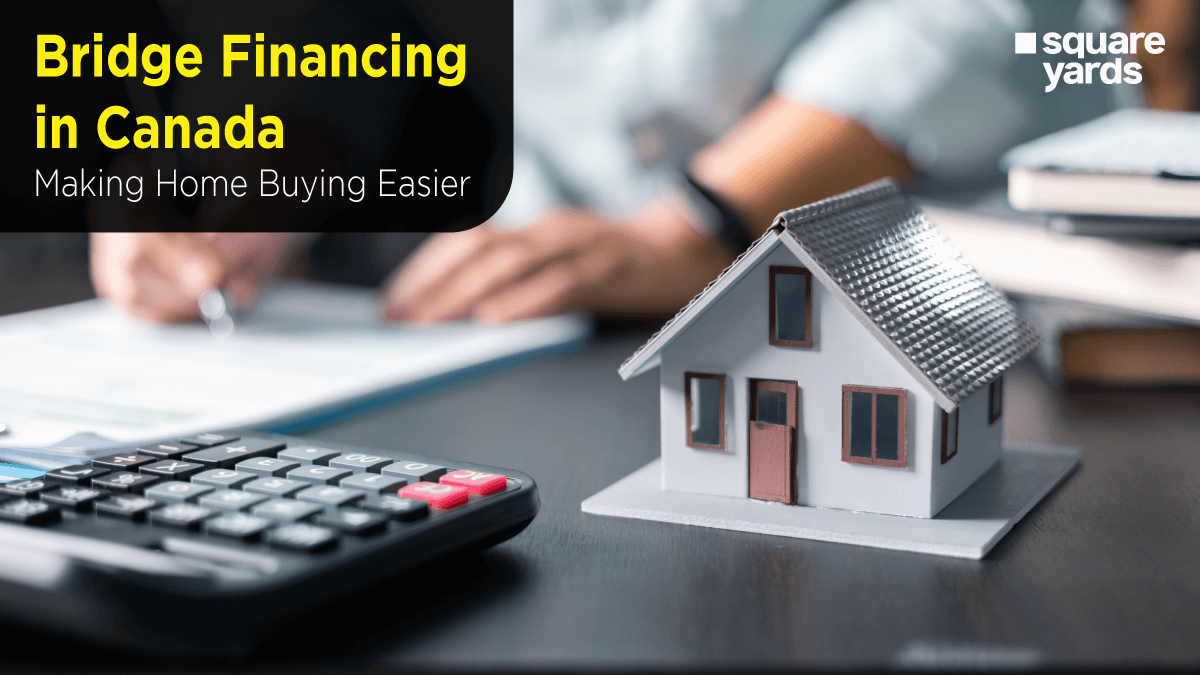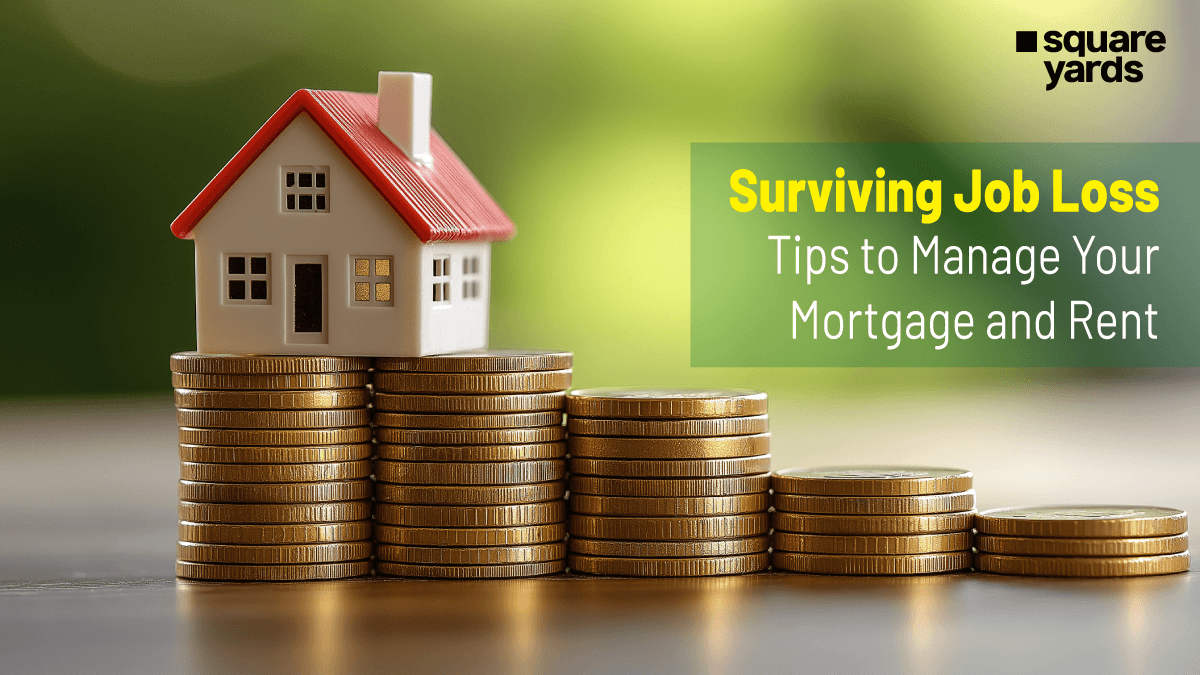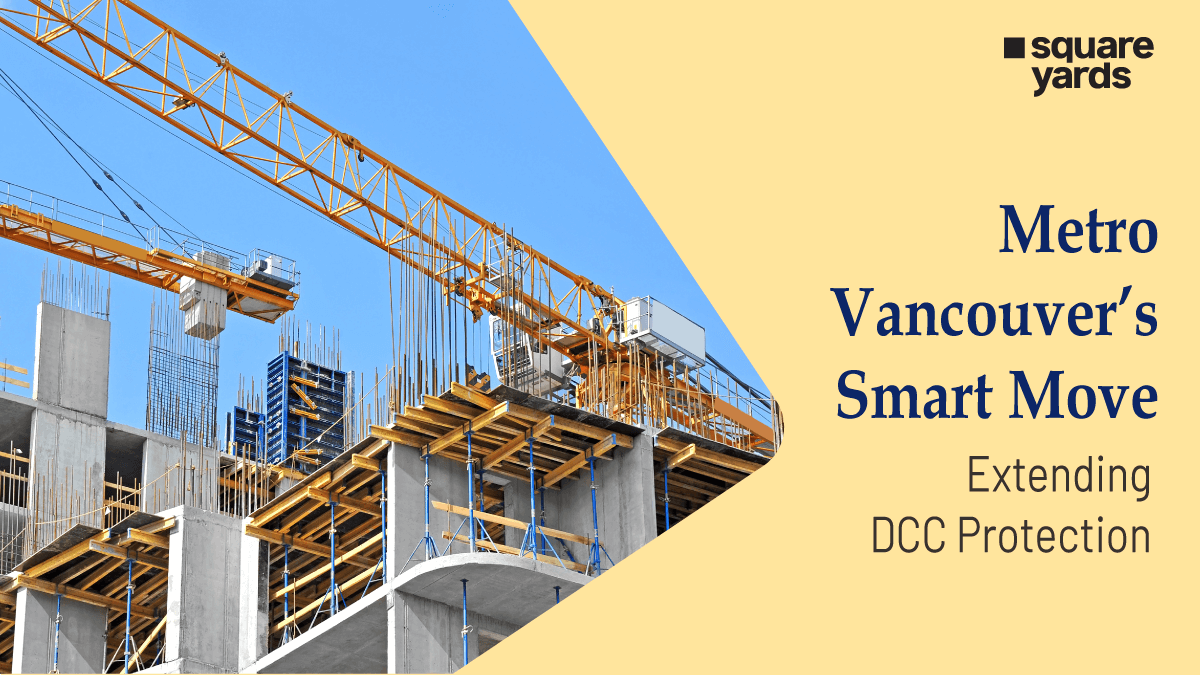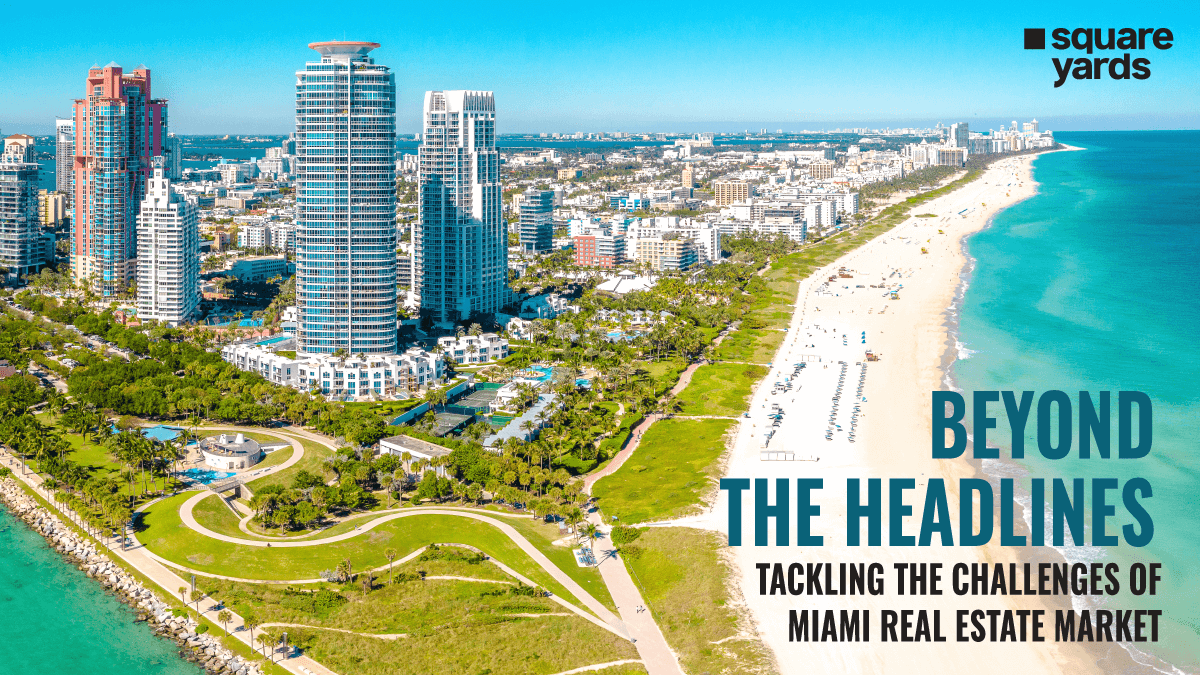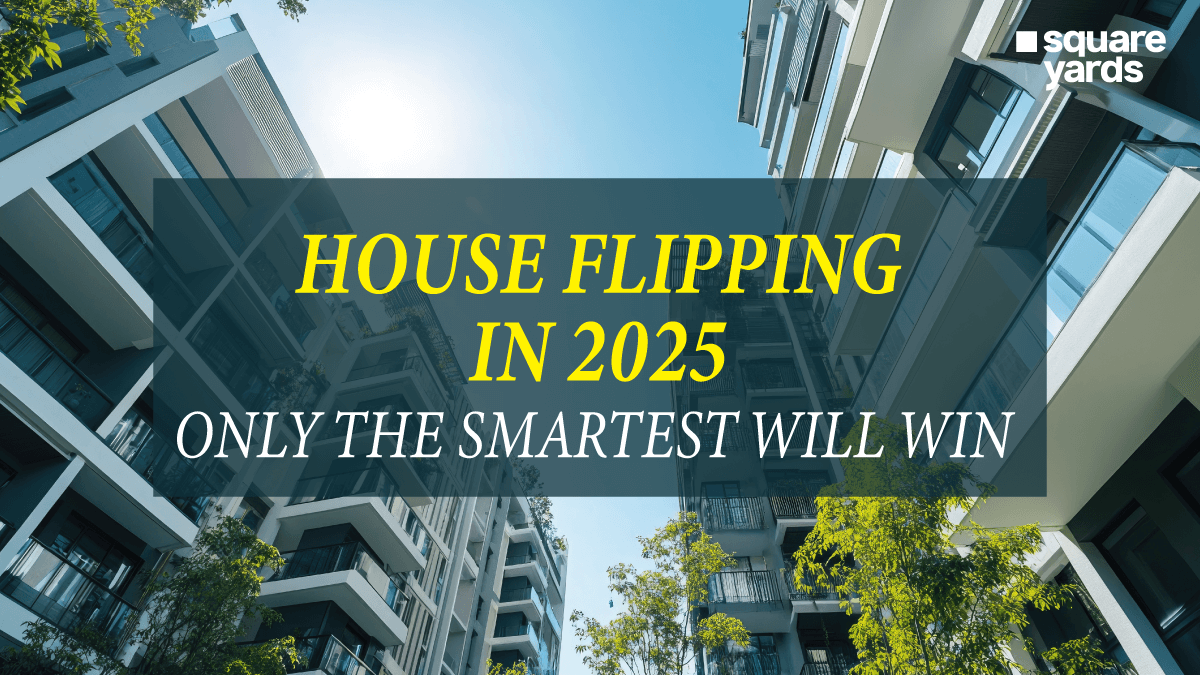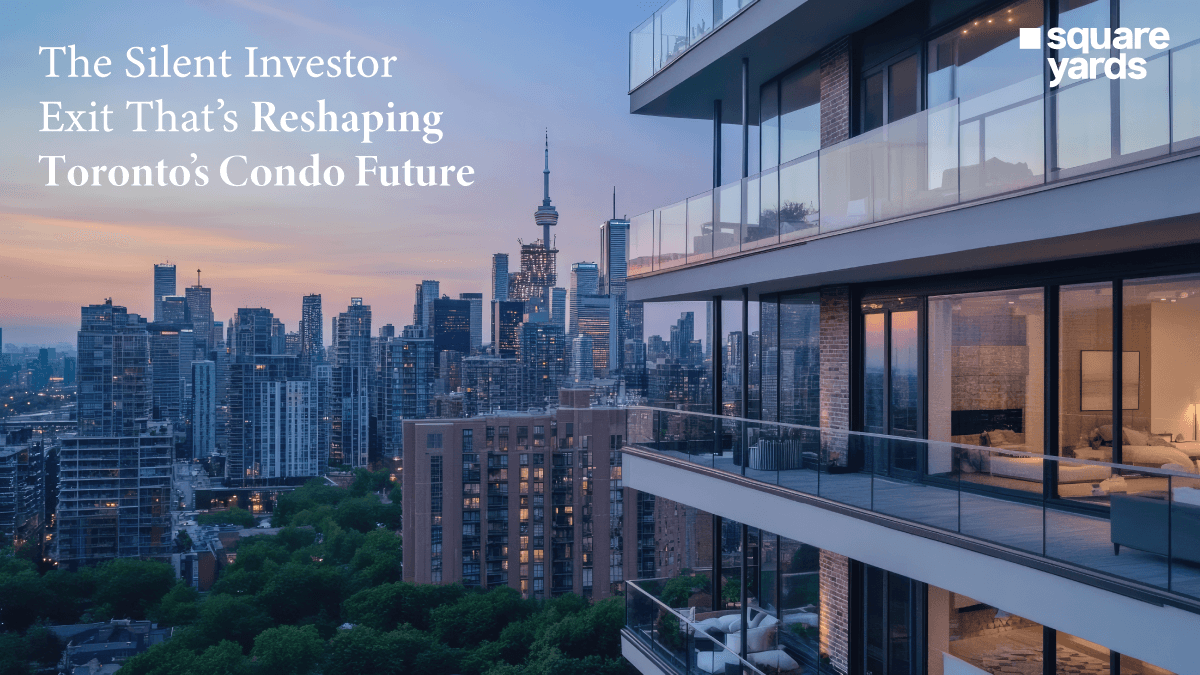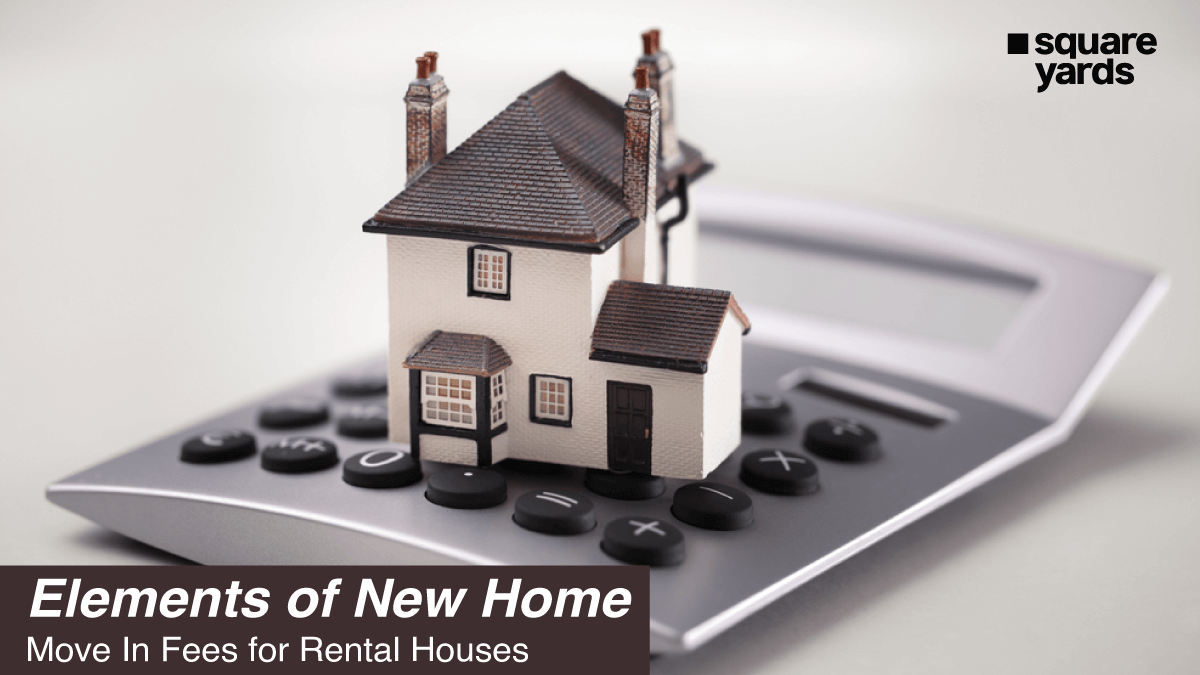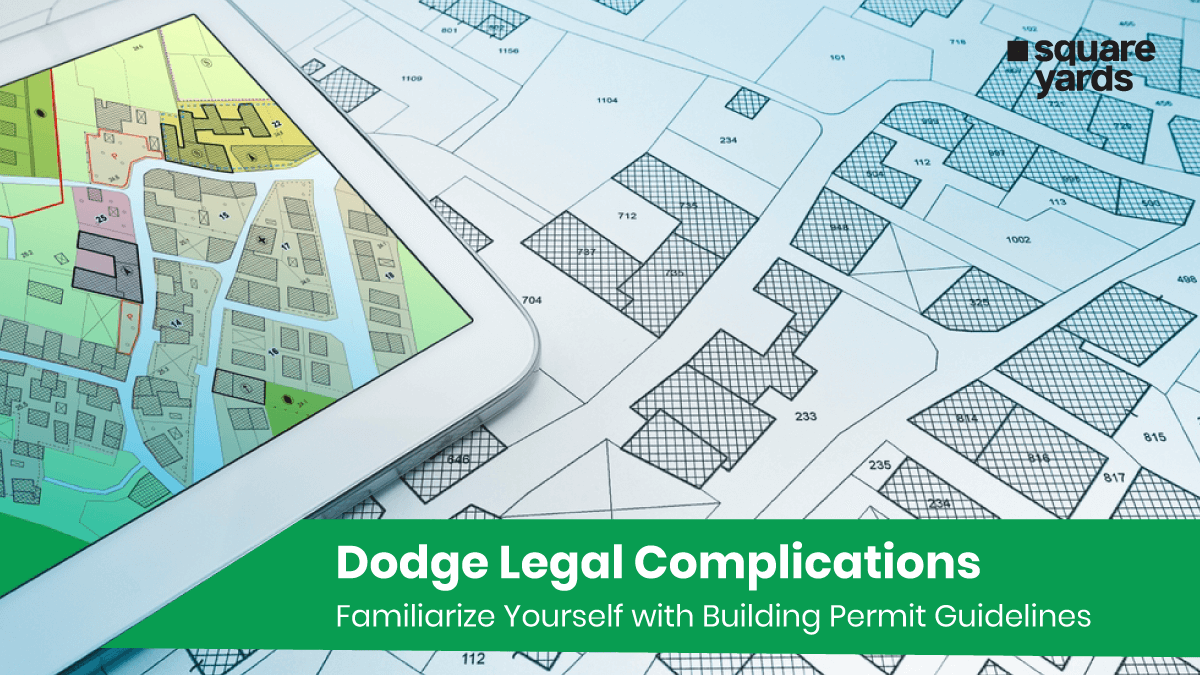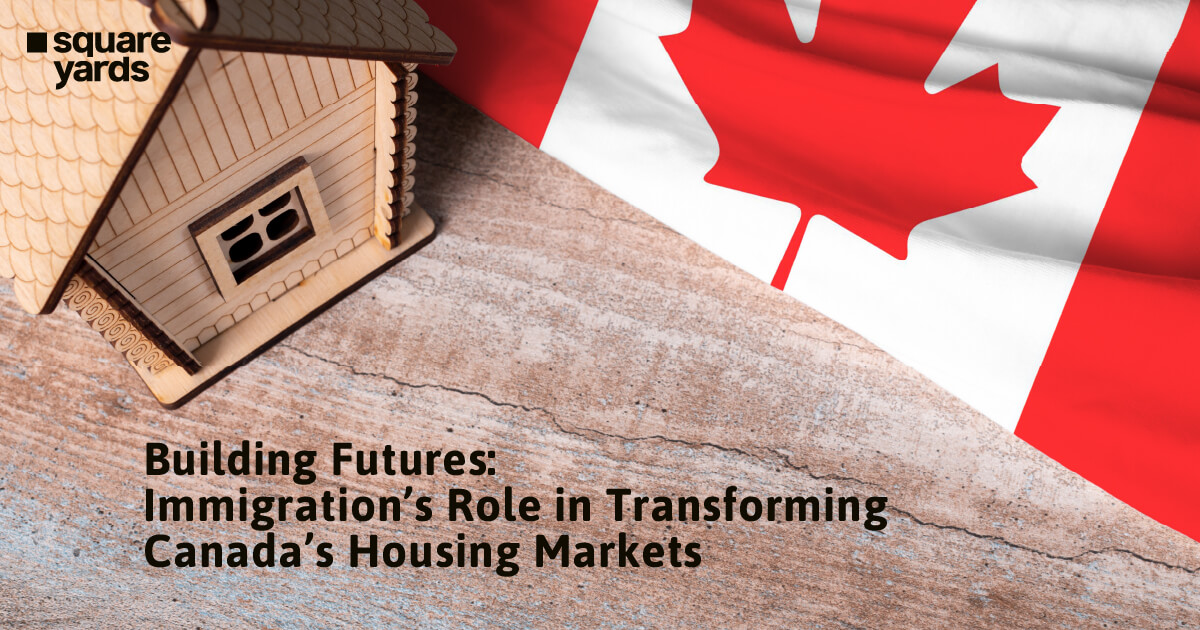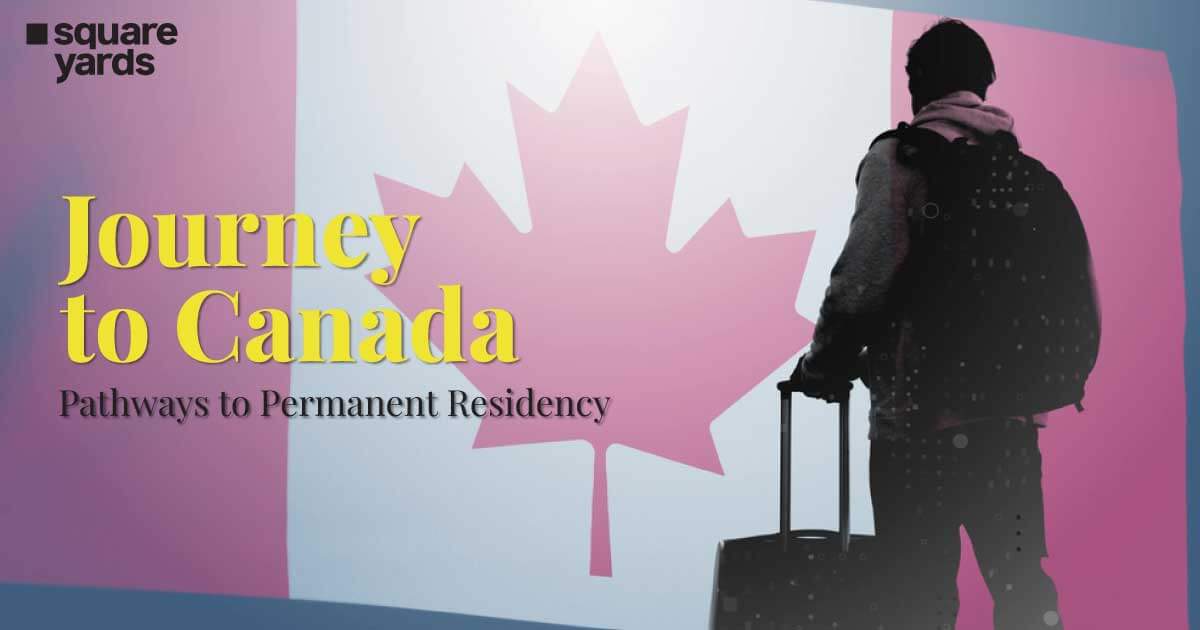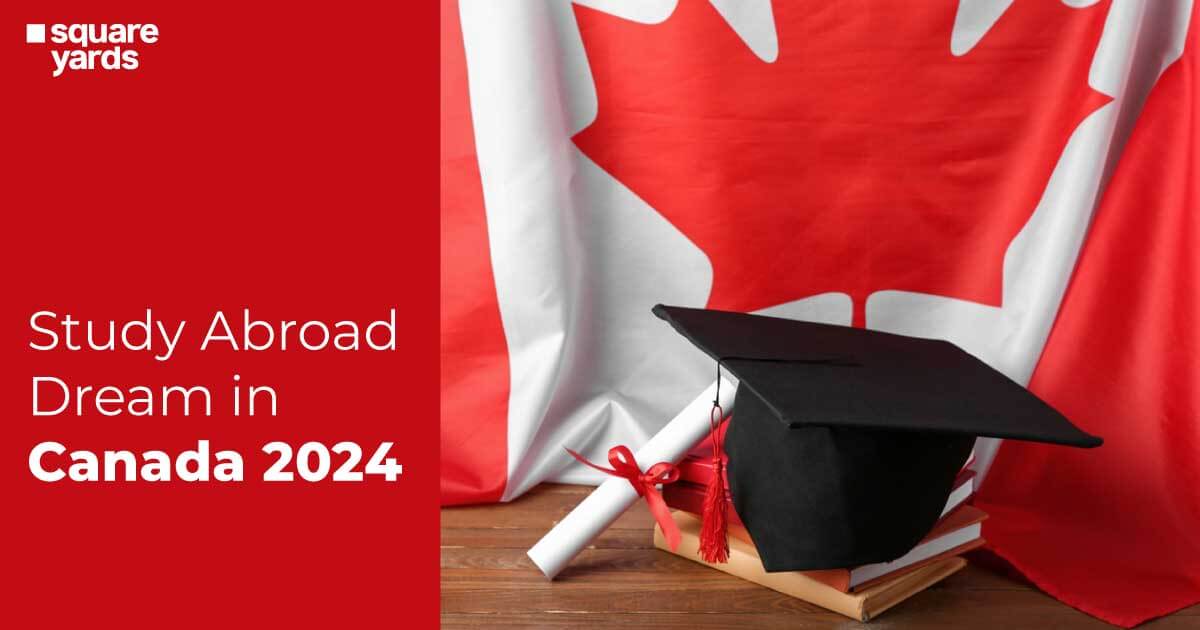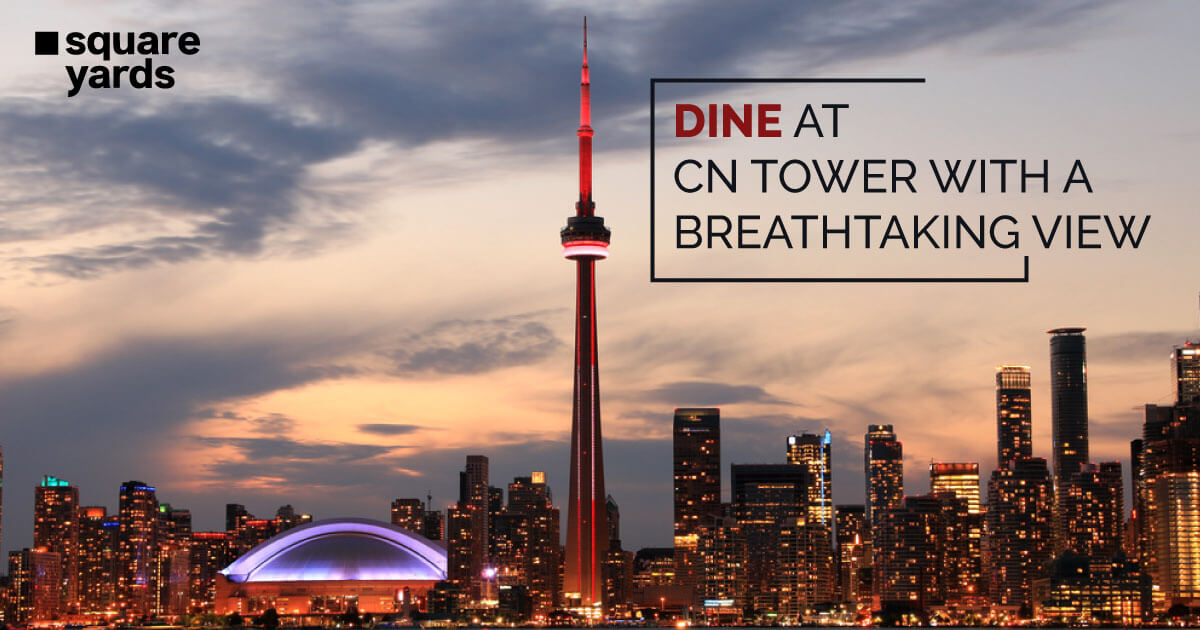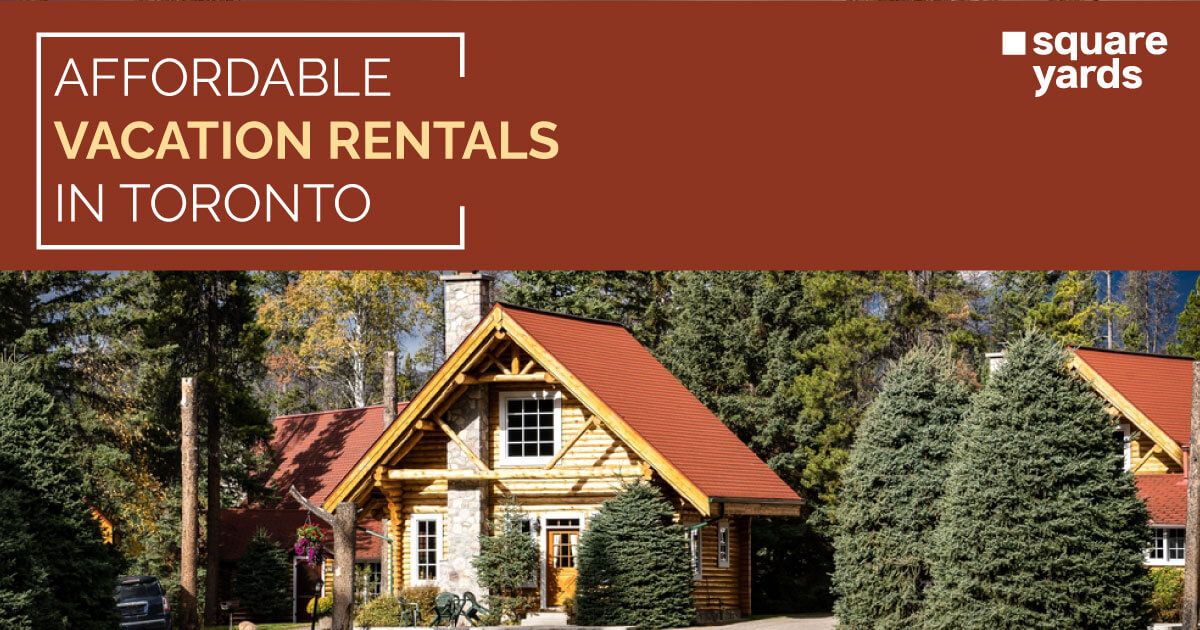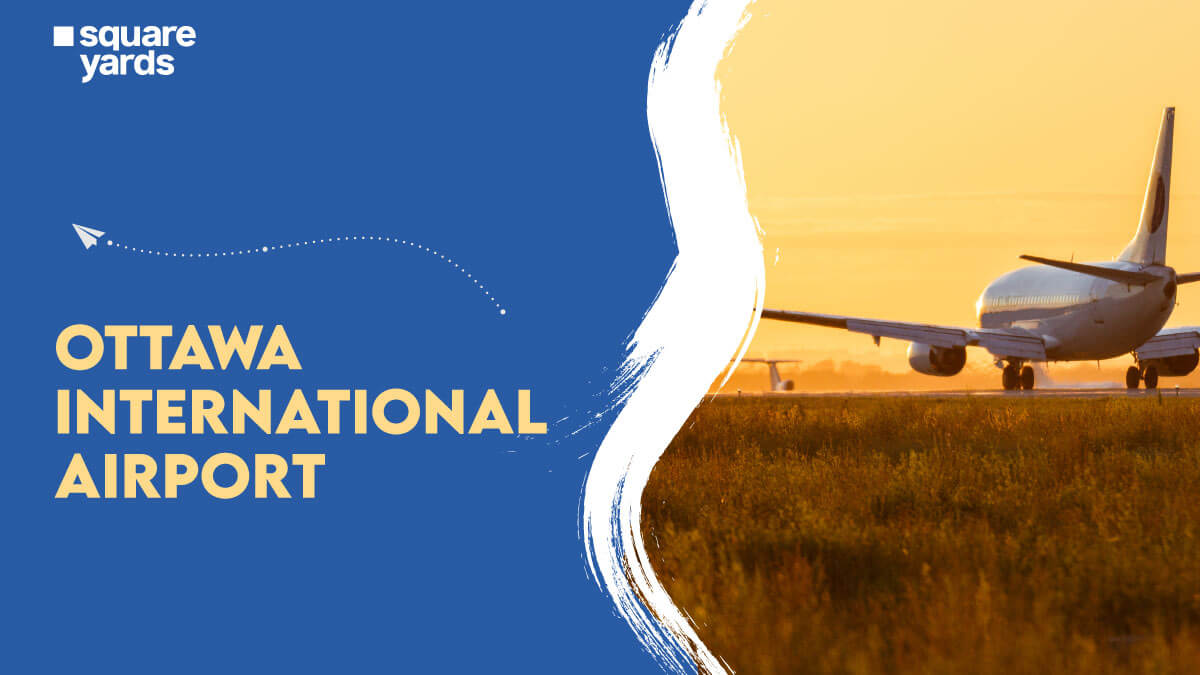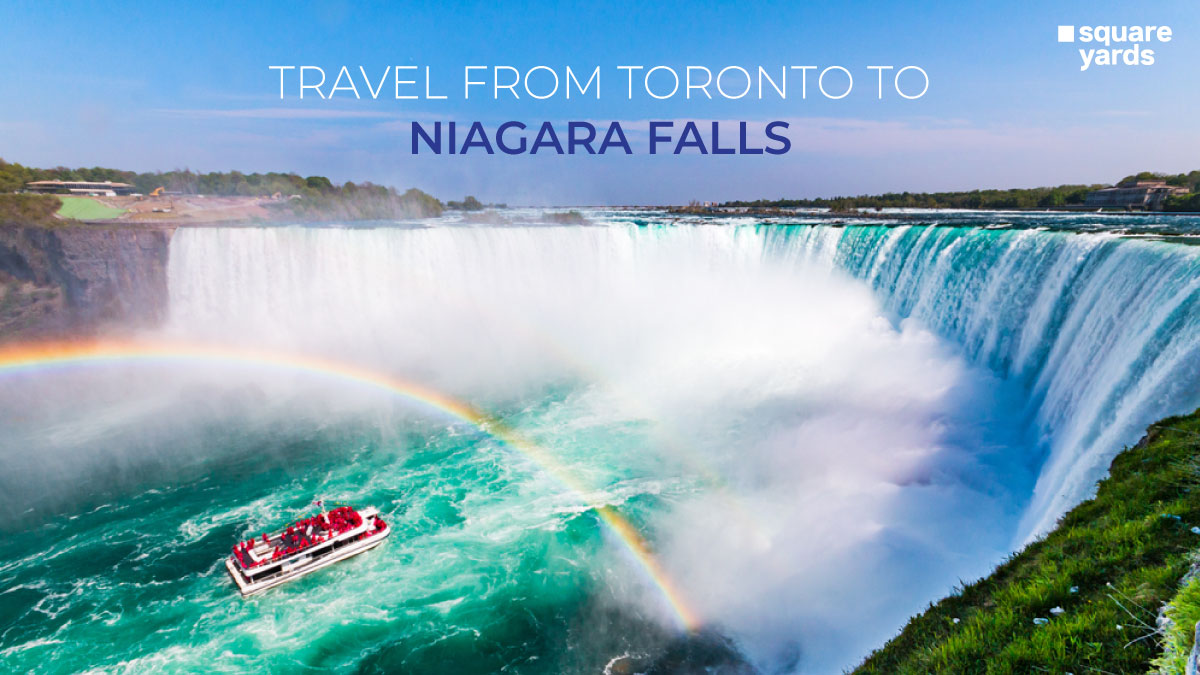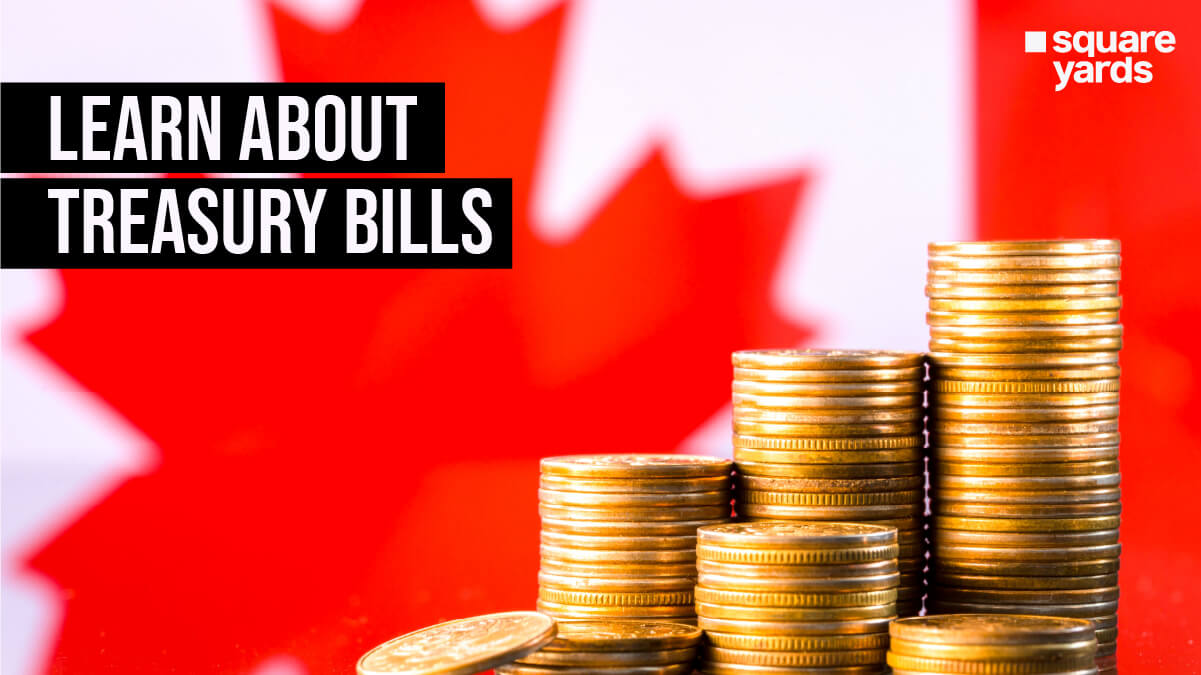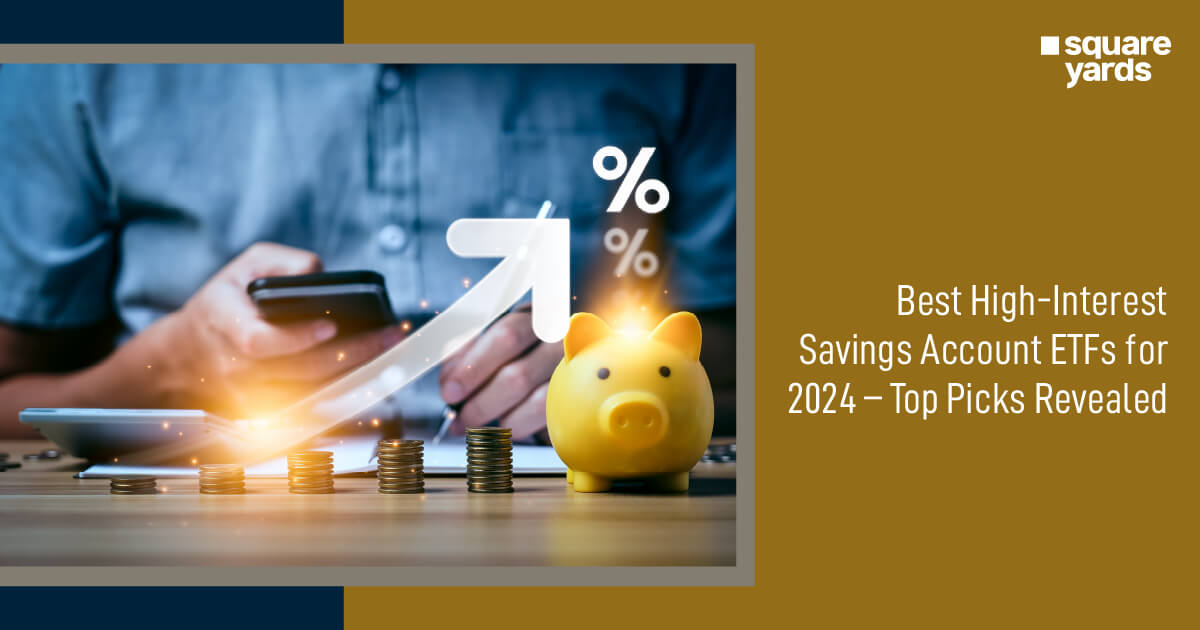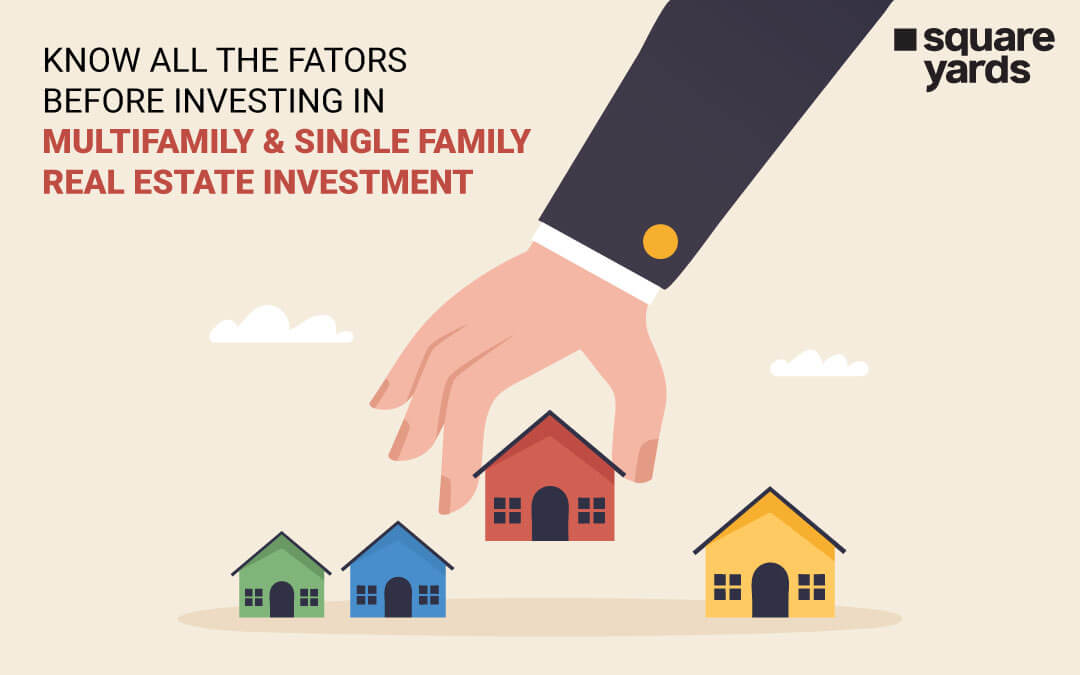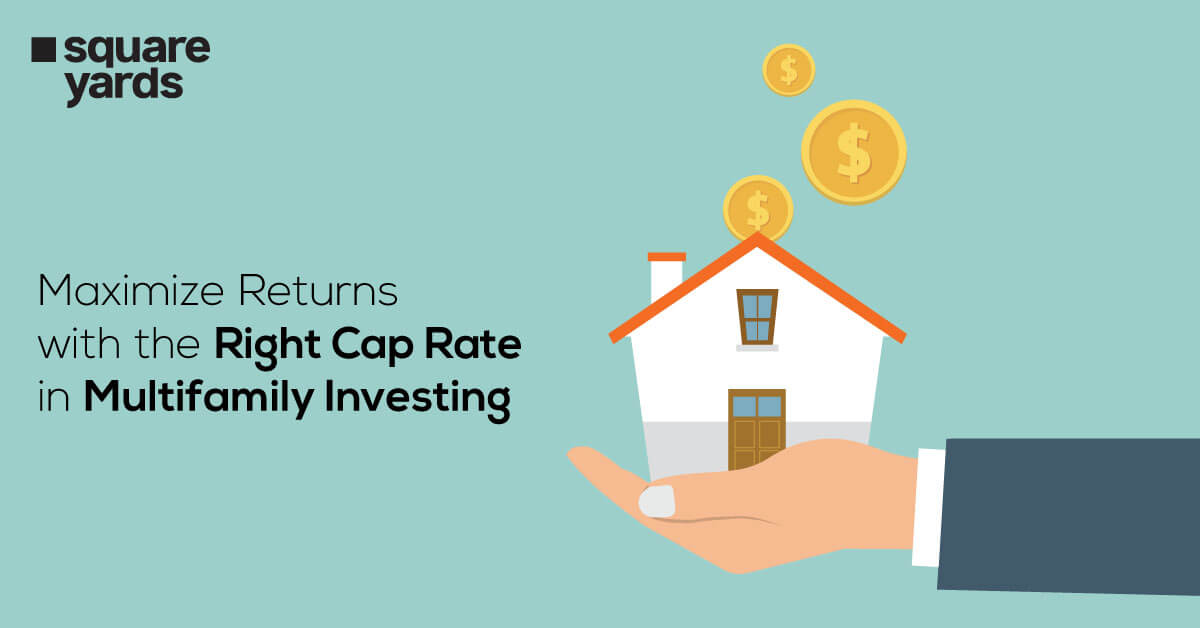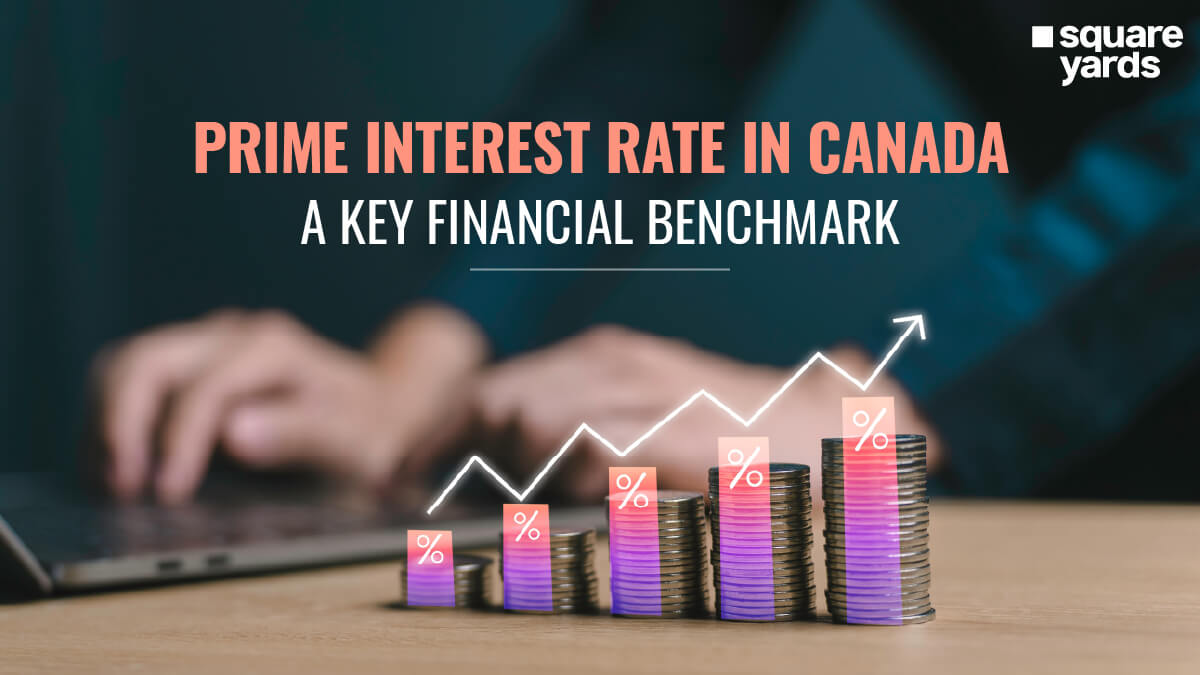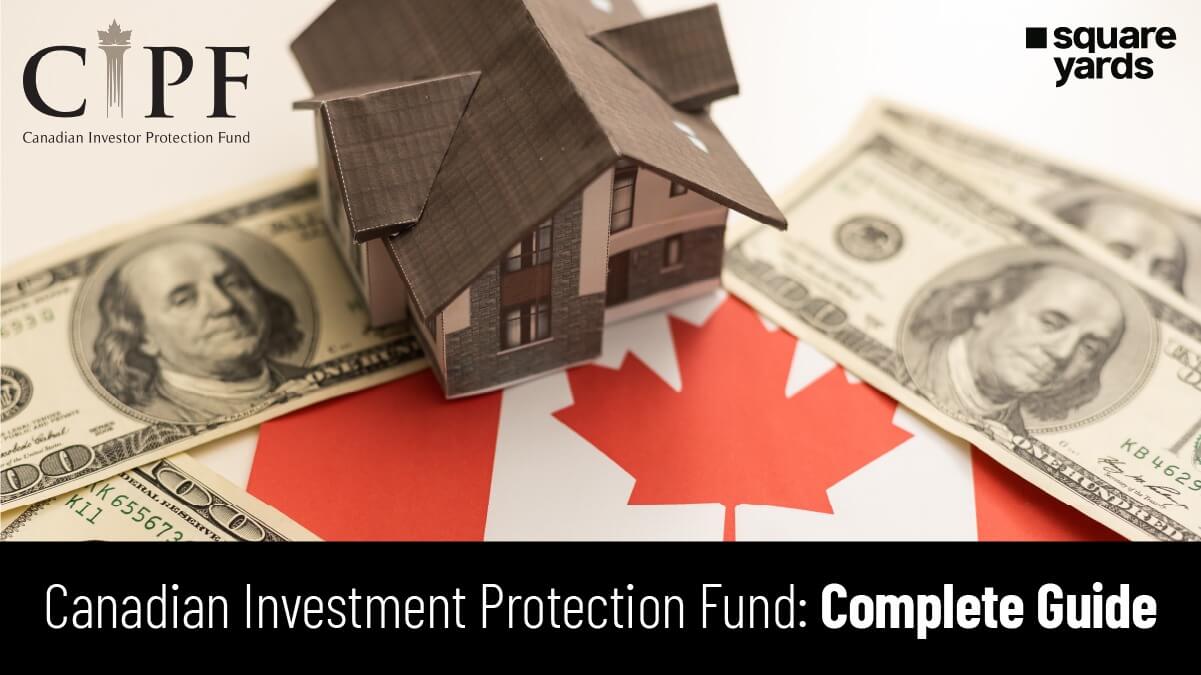Winnipeg, known as the “Gateway to the West” in Canada, is a fantastic place to live in Winnipeg in 2025 because of its lively culture, strong economy, and friendly people. Located where the Red and Assiniboine rivers meet, this city has a deep history and a mix of cultures shown in its festivals, museums, and food. The Winnipeg real estate market includes many sectors, such as manufacturing, finance, technology, and tourism. This diversity provides plenty of job opportunities and contributes to a stable economy.
Now, let’s turn our heads toward deep insights about Winnipeg so you can make confident decisions without missing anything.
Most Desirable Areas to Call Home in Winnipeg
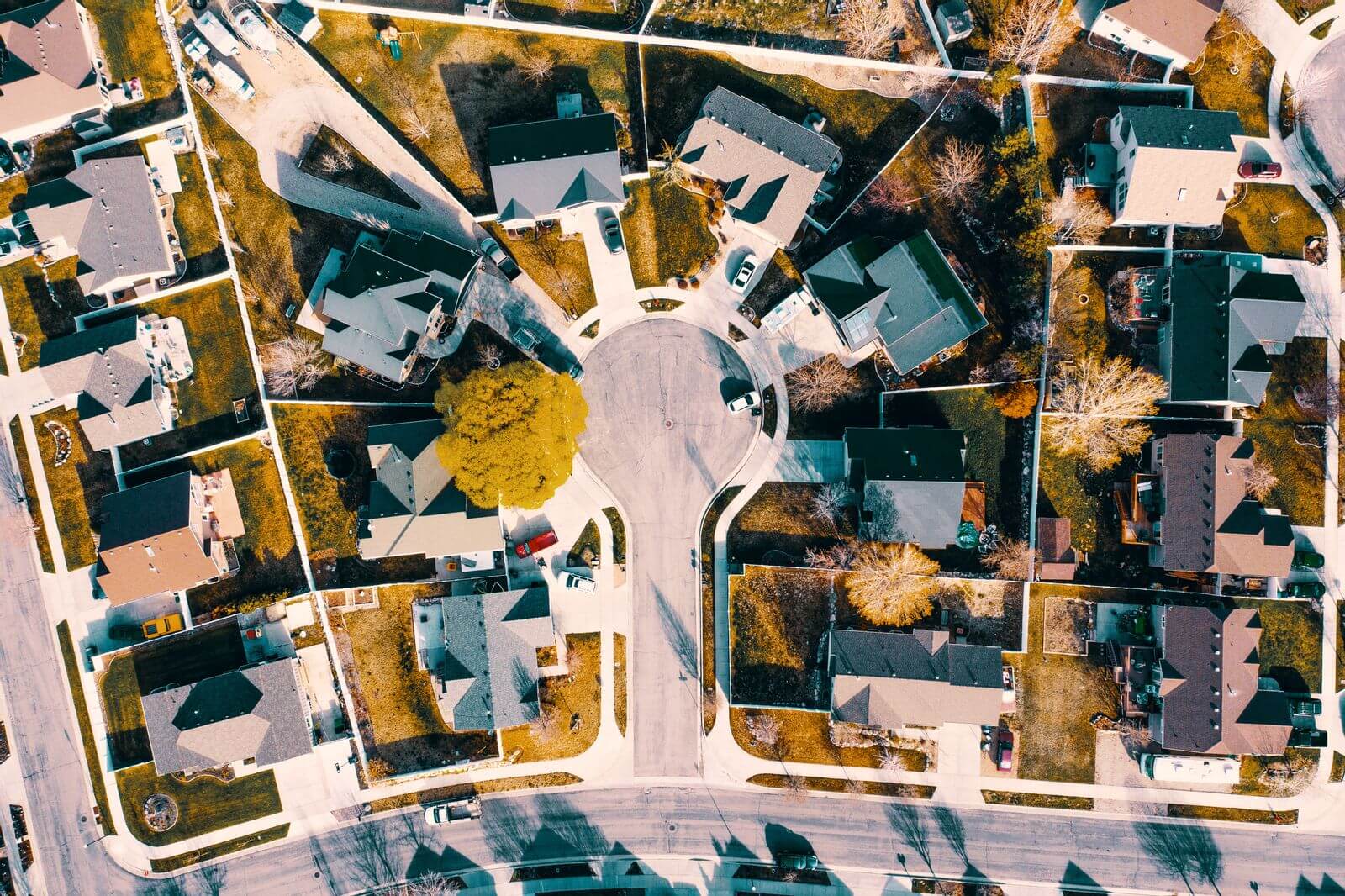
When considering the best places to live in Winnipeg, it’s helpful to look at a variety of factors like neighbourhood safety, amenities, schools, and accessibility. Here are a few standout neighbourhoods in Winnipeg that many residents and experts frequently recommend:
River Heights
This is one of the most sought-after neighbourhoods in Winnipeg, known for its charming character homes and mature trees. River Heights is home to excellent schools and a close-knit community. A crime rate below the city average makes it a safe environment for families.
Wolseley
Known as the “granola belt” of Winnipeg, Wolseley attracts people who appreciate community and sustainability. It features many organic eateries and shops and is a hub for community-oriented activities. The area is easy to walk around and has a lot of public transit users, with around 30% of residents getting to work by bus or bike.
Osborne Village
Known as one of the best places to live in Winnipeg, Osborne Village is lively and has many shops, restaurants, and bars that are easily accessible by foot. It draws a mix of people, including young workers and artists, creating a lively and varied community.
Sage Creek
This newer development is gaining popularity among young families and professionals. This area is made to be easy to walk around, featuring amenities like schools, parks, and stores. About 80% of the residents are homeowners, underscoring its appeal as a family-friendly area.
Tuxedo
One of the more affluent areas, Tuxedo, offers luxury homes and manicured landscapes. It is located near Assiniboine Park, a large city park with lots of outdoor space for activities and leisure. The area boasts some of the lowest crime rates in the city.
Fort Garry
This diverse neighbourhood offers many residential options, from affordable apartments to upscale homes. It’s home to the University of Manitoba, which attracts students and academics. Public transit serves Fort Garry well, and the area has nice parks and the Red River, providing many recreation options.
St. Boniface
Known for its rich Franco-Manitoban culture, St. Boniface is the heart of Winnipeg’s French-speaking community. It features a variety of cultural institutions, cafes, and boutiques. The area is also renowned for its annual Festival du Voyageur. The real estate market in St. Boniface is diverse, catering to all budgets, and it attracts families thanks to its outstanding schools.
St. James
This area offers residential and commercial properties with various shopping and dining options. St. James is known for its accessibility to the Winnipeg airport and Polo Park, the largest shopping centre in Manitoba. The area is family-oriented and convenient, featuring quality schools and leisure spots, such as the famous Assiniboine Park Zoo.
Transcona
Known for its community spirit and small-town feel, Transcona offers affordable housing, making it attractive for first-time home buyers and young families. The area has a thriving local economy, with new developments around shopping and dining. The community also hosts various festivals and markets, adding to its charm.
Charleswood
This suburban area offers a quieter, more rural lifestyle. It has larger lots and plenty of green space, including access to Assiniboine Forest, one of the largest urban forests in Canada. Charleswood is ideal for those who appreciate nature and outdoor activities but still want to be close to urban amenities. It particularly appeals to families and older adults looking for a peaceful environment.
What are the Current Liveability Trends in Winnipeg?
These trends are improving the quality of living in Winnipeg. This is appealing to both residents and newcomers. They are creating a community-focused, economically strong, and environmentally aware city. Whether you plan to move to Winnipeg or invest in its progress, these trends indicate a hopeful future for the city:
Affordability and Housing
Despite rising housing prices nationwide, Winnipeg remains more affordable than many other major Canadian cities. The average house price in Winnipeg is about $350,000, which is considerably lower than the national average. This affordability attracts young professionals and families to the area, contributing to a vibrant and growing community.
Green Spaces and Sustainability
The city is expanding its parks and green projects, such as community gardens and sustainability programs. This trend shows that more people want to participate in eco-friendly activities and appreciate good outdoor areas. The city also aims to expand its urban forest and runs several initiatives to make energy use more efficient.
Transportation and Infrastructure
Transportation improvements are a major trend, with expansions in rapid transit and more cycling paths. The city aims to reduce dependency on cars. It aligns with global urban development trends focusing on sustainability and active transportation. Approximately 25% of Winnipeggers now use public or active transportation methods regularly.
Cultural Vibrancy
Winnipeg continues to enhance its reputation as a cultural hub. The city’s cultural scene thrives as more people attend festivals, museums, and art galleries. This vibrancy attracts tourists and supports local businesses, contributing to the city’s overall economic health.
Safety and Community Engagement
Winnipeg is working towards becoming safer and more inclusive. Effective community policing and neighbourhood watch programs have reduced crime rates by up to 20% in some areas. More residents participate in local events and initiatives, strengthening community ties and fostering a heightened sense of belonging.
What is the Analysis of the Winnipeg Real Estate Market?
The Winnipeg real estate market in 2025 presents an attractive landscape for both homebuyers and investors, characterised by its stability and affordability. Here’s a breakdown that encapsulates the current state of the market:
Market Activity
As of the latest data, Winnipeg’s real estate market remains active, with a balanced supply and demand dynamic. The typical home price in the city is about $350,000, showing a small rise of about 3% compared to last year. This growth rate is steady when compared to the double-digit rises in places like Toronto and Vancouver.
Housing Types and Preferences
Single-family homes dominate the market, accounting for about 60% of all residential properties sold. Interest in condominiums and townhouses is rising, especially among millennials and downsizers, who comprise roughly 20% of the market. These property types are popular due to their affordability and lower maintenance requirements.
Neighbourhood Trends
Homes in areas like River Heights, Wolseley, and St. Boniface are still in high demand because of their central locations, friendly communities, and historic appeal. Newer areas like Sage Creek and Bridgwater draw families who want modern features and new homes at prices slightly above the city average.
Investment and Development
The residential construction investment includes high-density urban projects and expansive suburban communities. The rental market is also strong, with a vacancy rate of around 3.5%, reflecting steady demand for rental properties.
Future Outlook
Experts expect Winnipeg’s real estate market to grow steadily due to a stable economy, increasing population, and continuous infrastructure investments. The market is expected to remain balanced, with a healthy pace of price increases and continuous development activity.
Conclusion
Winnipeg is a great place to live and invest in 2025 because it is affordable, culturally rich, and economically stable. With neighbourhoods like the historic St. Boniface and the modern Sage Creek, this city supports a variety of lifestyles and budgets. By prioritising sustainability and community efforts, the city improves livability by offering large green spaces and reliable public transit. Real estate in Winnipeg remains affordable compared to other major Canadian cities, attracting families and investors. Winnipeg is set for steady market growth, offering a warm community and attractive investment options.
You May Also Read :
|
Know The Calgary Real Estate Market |
|
|
Guide To Durham Real Estate Market |
|
|
Explore Brampton Housing Market |
|
|
Understand Collingwood Real Estate Market |
Frequently Asked Questions (FAQs)
How good is Winnipeg as a living option in 2025?
Yes, Winnipeg is a great place to live in 2025. It offers affordable housing, a vibrant cultural scene, and a strong economy.
Where should you invest in real estate in Canada in 2025?
Winnipeg will be one of Canada's best places to invest in real estate in 2025, thanks to its affordable housing market, stable economic growth, and promising future developments.
What’s the cost of buying a house in Winnipeg?
As of 2025, the average house price in Winnipeg is around $350,000, making it an affordable option compared to other major Canadian cities.

